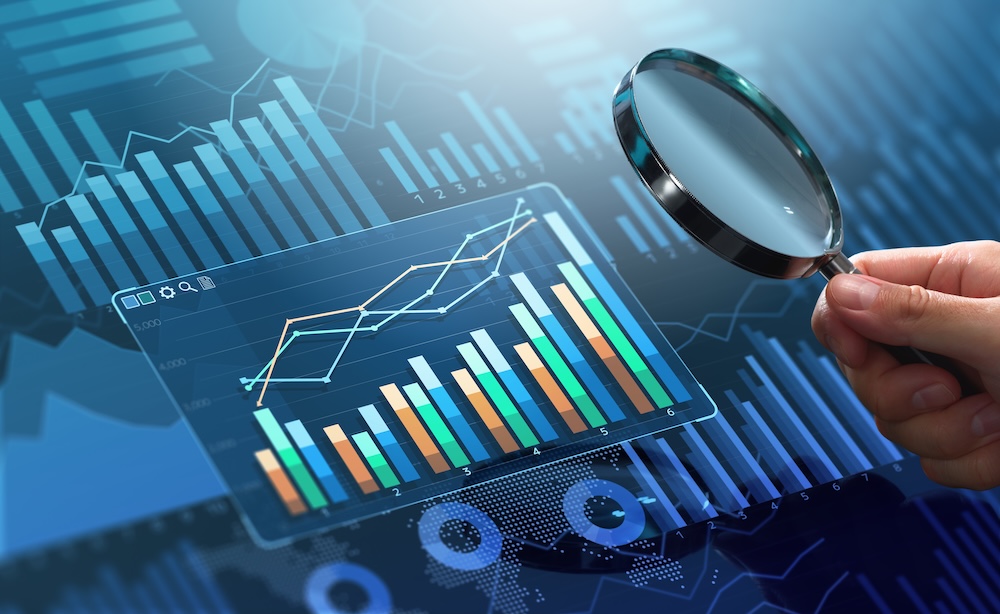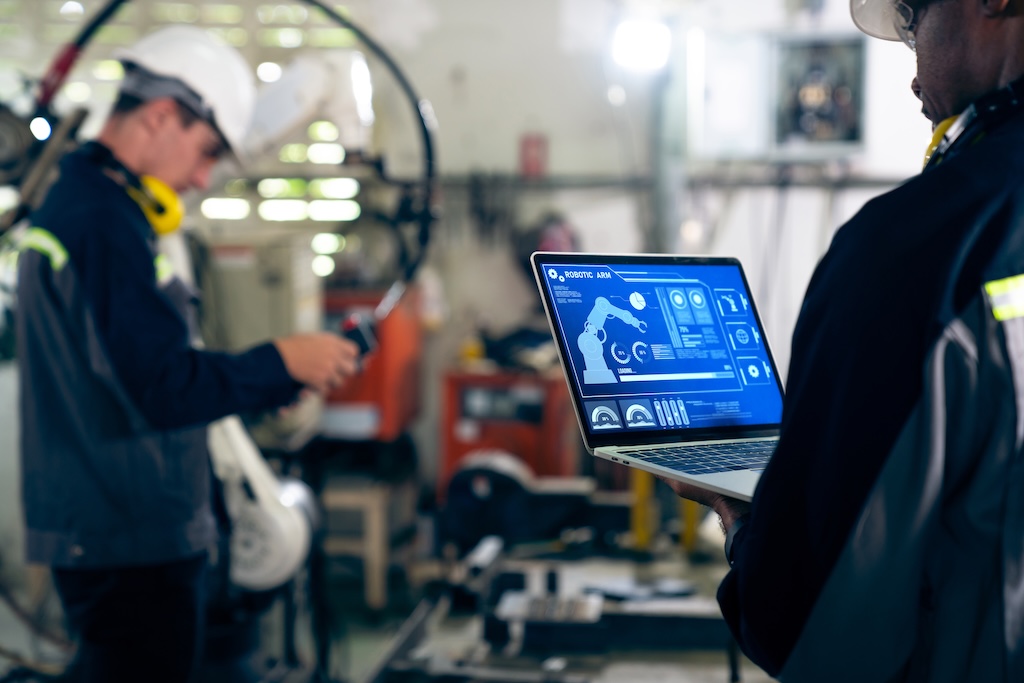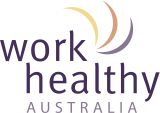
The WHS industry is increasingly relying on data to inform decision-making
Workplace health and safety are constantly evolving. New technological developments, demographic shifts and regulations are continually reshaping how Australian organisations approach safety and wellbeing.
We pinpoint five developments shaping our workplaces and discuss the opportunities and challenges they present.
AI and new technologies
Technology has always impacted work health and safety, but the speed at which new advancements hit the market has increased in the past few years.
Predictive analytics, artificial intelligence (AI), and fatigue detection systems help organisations identify risks and prevent incidents before they occur. Wearable technology and automation, such as robotics and exoskeletons, can reduce physical strain on workers and enhance workplace safety.
However, it is essential to assess the implications of any innovation:
- How will workers perceive changes to their work?
- Will technology improve employee engagement or inadvertently create additional risks?
- Have employees and managers been consulted to ensure smooth integration?
As Safe Work Australia cautions, “New technology capabilities can bring many benefits, including safer work and workplaces. But they need to be designed and have appropriate oversight to ensure workers are not exposed to new or additional WHS risks.”
Thoughtful implementation and oversight are critical to maximising the benefits of technological advancements.

Demographic shifts
Australia’s workforce is becoming increasingly diverse. An ageing population, rising participation of young workers, and a greater emphasis on inclusivity are shaping our workforce.
These demographic shifts require tailored workplace safety strategies:
- Young workers and new entrants, such as migrants, often face higher risks of injury and illness, necessitating additional training and support.
- On the other hand, older workers face different safety and health risks due to the increase in comorbidity, musculoskeletal conditions, and the impact of psychological injuries.
As our workforce becomes more diverse, organisations will need to create safer and more inclusive workplaces that meet the needs of all employees, not just a few.
Big data
The WHS industry is increasingly relying on data to inform decision-making. Predictive models, real-time monitoring, and analytics can help organisations identify trends, assess risks, and evaluate the effectiveness of safety interventions.
While these tools offer significant benefits, they must be used alongside human judgment. Over-reliance on data without considering human factors can lead to blind spots. For example, technology that only analyses reported incidents may overlook unreported injuries, resulting in an incomplete picture of workplace risks.
To be most effective, data-driven tools should be accompanied by:
- active employee consultation and engagement
- expert oversight to provide a holistic view of results

Psychosocial hazards
The introduction of the Work Health and Safety Amendment (Managing Psychosocial Risk and Other Measures) Regulations 2022 has highlighted the growing importance of addressing psychological risks. These include workplace bullying, harassment, and excessive workloads, which can significantly impact mental health and productivity.
Some organisations are leading the way by conducting psychosocial risk assessments and training supervisors and managers to identify psychosocial hazards. However, in this uncharted territory, there are many challenges for safety and HR leaders:
- How do we gain leadership and organisational support to implement effective strategies?
- How can we implement a cohesive approach that addresses different state regulations?
- What does best practice look like in psychosocial risk management?
“New Work”
Work design is not a new topic, but it has become increasingly important in the post-pandemic world due to disruptions in hybrid work, the accelerated use of digital technologies, skill shortages, and rising levels of burnout and worker disengagement.
Redesigning job roles, workspaces, and workflows can enhance safety and efficiency while promoting psychological wellbeing and job satisfaction. Sounds simple, but there are challenges:
- How can we implement comprehensive work design solutions that do not strain organisational budgets?
- How do we shift organisational cultures to embrace proactive, human-centred work design?
- How do we measure improved safety, productivity and employee satisfaction in relation to work design?
Addressing these challenges requires a strategic approach that blends leadership commitment, stakeholder collaboration, and a focus on sustainable and adaptable work design practices.
Staying people-focussed
The evolving landscape of workplace health and safety presents both challenges and opportunities for organisations. Insights from PwC’s Global Workforce Hopes and Fears Survey highlight that while employees recognise the benefits of change, many also experience increased workloads and stress. As organisations integrate new technologies, respond to demographic shifts, and address emerging risks such as psychosocial hazards, a proactive and adaptive approach to safety is essential.
In the coming years, embedding a culture of safety will still require adaptive early intervention and putting your workers at the centre of your efforts.
Sign up to our monthly enewsletter
"*" indicates required fields
